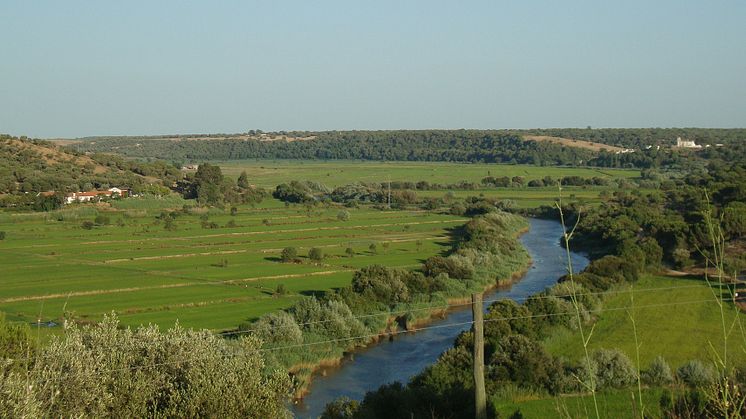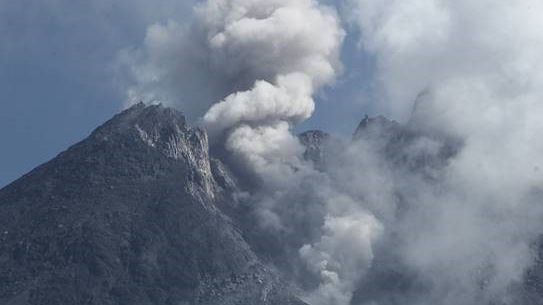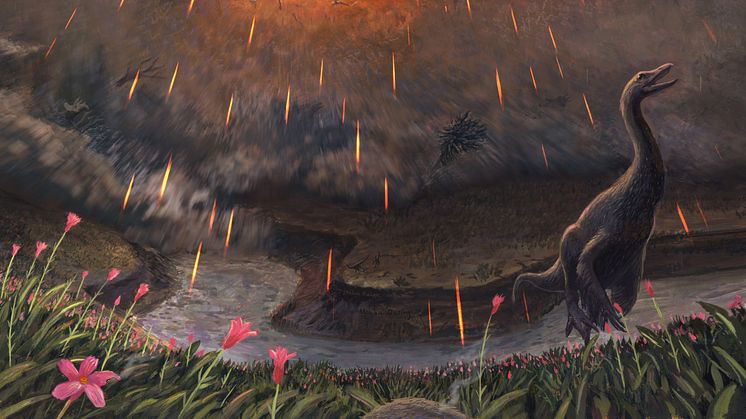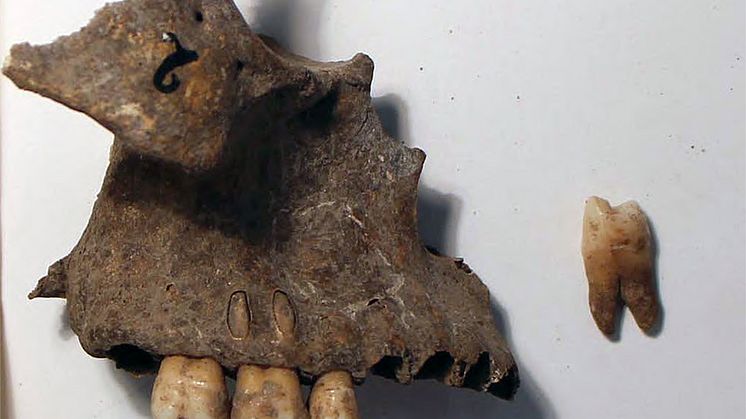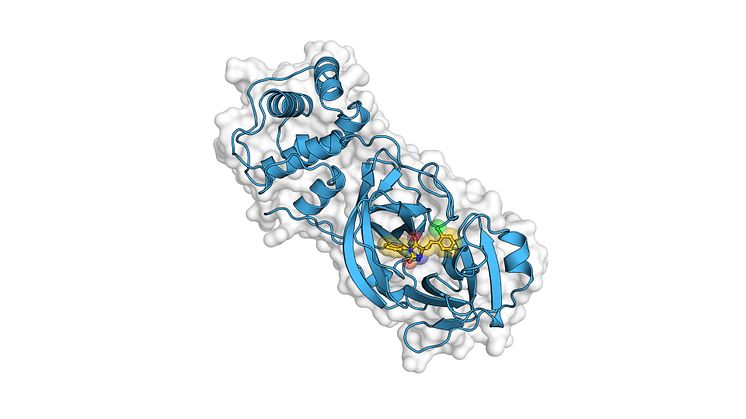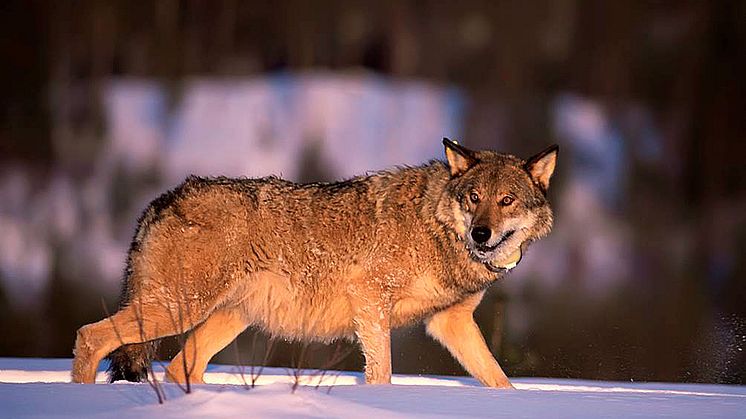Transforming space and society in Kiruna
When the Swedish government and LKAB first shared responsibility for developing Kiruna a hundred years ago, they focused mostly on practical issues. How does one build a city in a “desolate wilderness”? Since 2004, these ideas have taken on new meaning when examining what it means to transform a city to continue mining. This is the focus of a new thesis in cultural anthropology.
